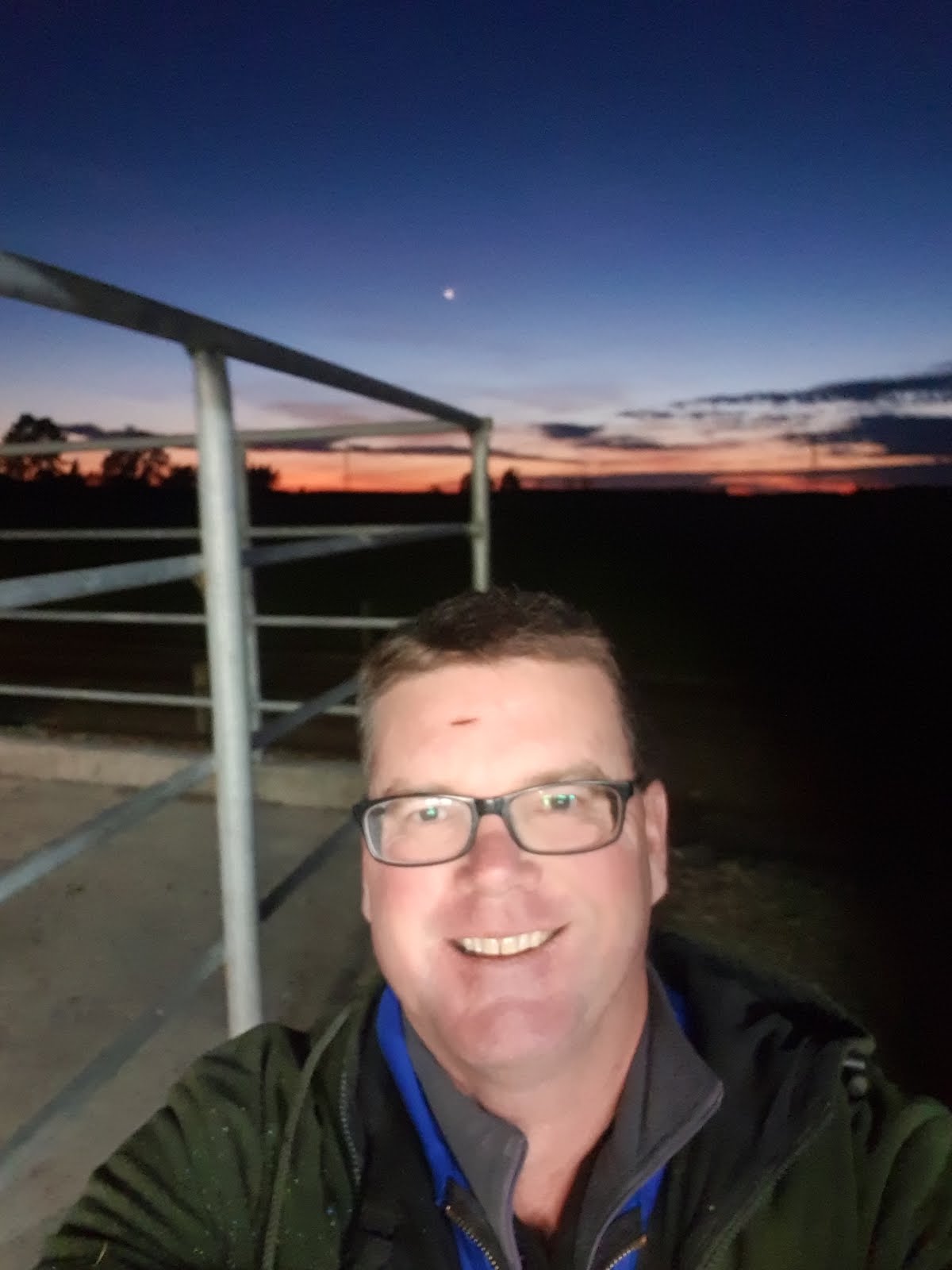How you say something is just as
important as what you’re saying, and sometimes it can even be more important.
Your tone and the words you use frame the narrative, subtly bringing the reader
to your point of view even as you maintain you’re just impartially relaying the
facts.
If you’ve read a major newspaper
recently you could be forgiven for thinking New Zealand farmers have a drug
problem: we’re addicted to palm kernel, we’re addicted to phosphate and we’re
addicted to nitrogen.
Addicted.
It’s a nasty little word than conjures up images of no self-control and
utter reliance.
It’s funny because when I was feeding
maize silage as a supplement I wasn’t addicted to corn, pasture makes up 90% of
my cow’s annual diet and I’m not addicted to grass and when I graze my cows on
oats during winter I’m not addicted to porridge.
A little less than 5% of my cow’s diet
is made up of vegetable waste, because that’s what palm kernel is, and I use it
for a variety of reasons: it’s significantly cheaper than other supplements by
about 5c per kilogram, it’s energy dense and provides a greater milk solids
response than silage and there’s almost no waste when I feed it out. Give me a
comparable feed, preferably one where I don’t have to closely monitor intakes,
and I’ll ditch PK in a heartbeat. That’s how addicted I am.
And why is palm kernel so readily
available to me? Because the world is addicted to palm oil: almost every
product you use from shampoo to infant formula, from soap to perfume contains
palm oil. Next time you’re at the supermarket check the ingredients label,
there’s a secret code for palm oil: vegetable oil. That’s right, there’s no
requirement for manufacturers to disclose the use of palm oil in their products,
which makes it far simpler to yell at farmers who don’t hide behind the
euphemism of “vegetable waste”.
Omission is another trick to sway the reader;
you’ll hardly ever see the world’s appetite for palm oil mentioned in an
article deriding PK. A classic example of omission some months back was a story
on our waterways with this frightening sentence: “If every stretch of river in
the country deemed unsafe for swimming was linked into one long chain, it would
be 14,000km long”. While that may be true, the author omitted to mention we
have over 175,000km of rivers, but 92% unpolluted doesn’t have quite the same
dramatic ring.
I’m not for a minute suggesting these
issues shouldn’t be discussed and our shortcomings held up for inspection, we
need to reflect on our practices and sunlight is a great disinfectant.
However
when I read several hundred words in a major paper about nitrate levels in
Hinds, Mid Canterbury, and see the author has interviewed only Dr Mike Joy and
a recreational fisherman I do begin to wonder.
And when I read further and see no
mention of ECan, no mention of farm environment plans or nitrogen baselines I
begin to get suspicious.
And when I reach the end of the
article and see the author seems unaware of the Hinds Managed Aquifer Recharge Scheme,
the scheme that reduced groundwater nitrate levels by 75% in 6 months, I have
to conclude that his bias is showing.
As the saying goes, it’s not paranoia if they’re really out to get
you!
